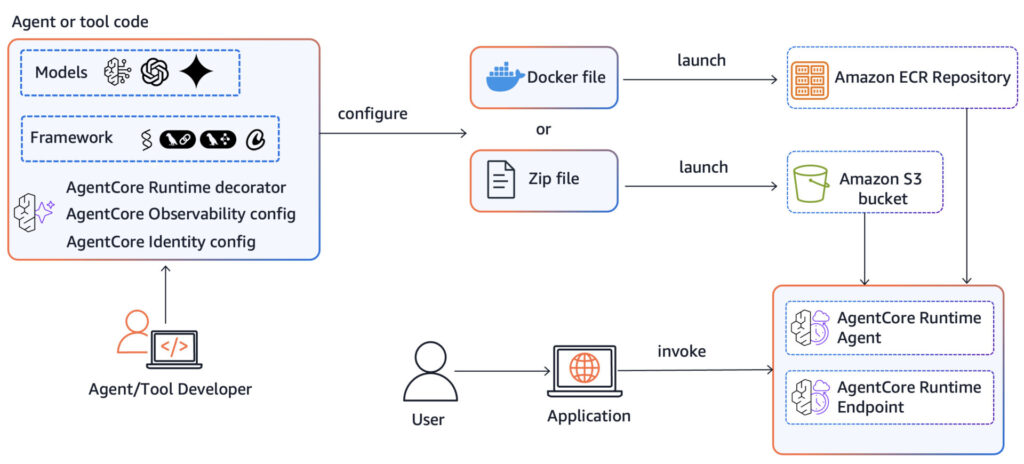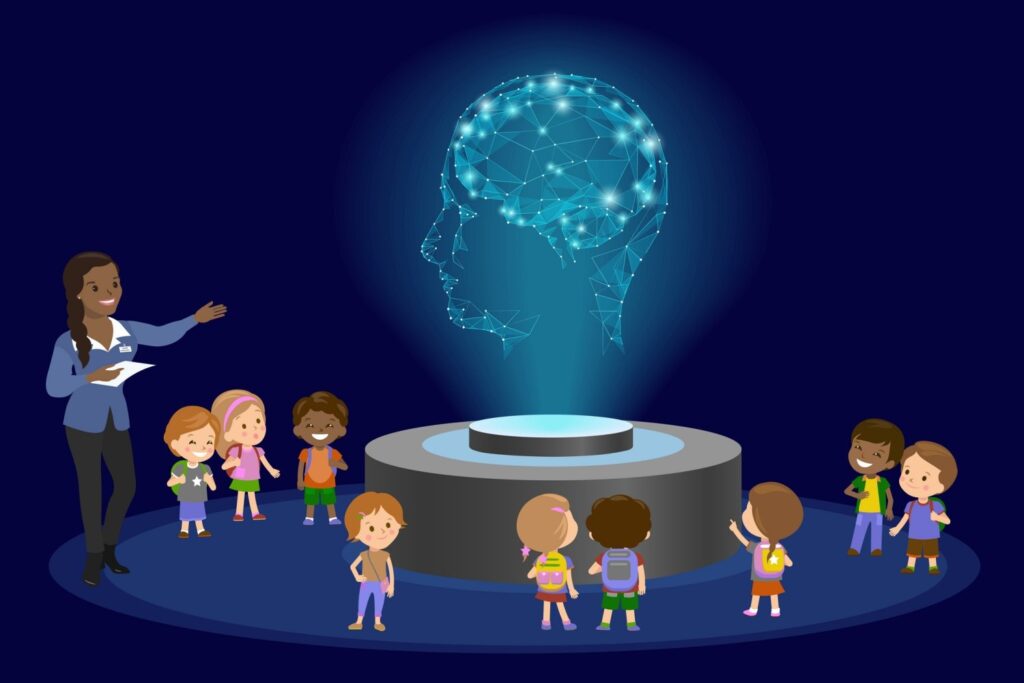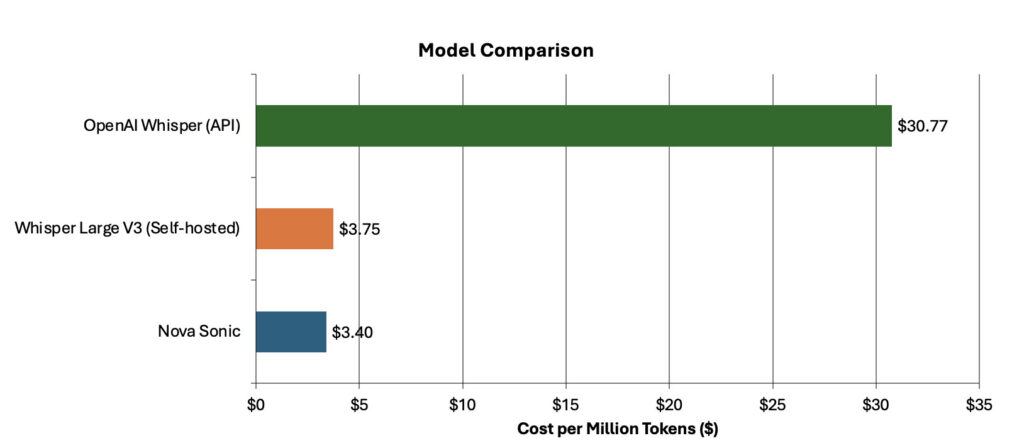Teaching robots to map large environments
A robot searching for workers trapped in a partially collapsed mine shaft must rapidly generate a map of the scene and identify its location within that scene as it navigates the treacherous terrain. Researchers have recently started building powerful machine-learning models to perform this complex task using only images from the robot’s onboard cameras, but […]
Teaching robots to map large environments Read More »










